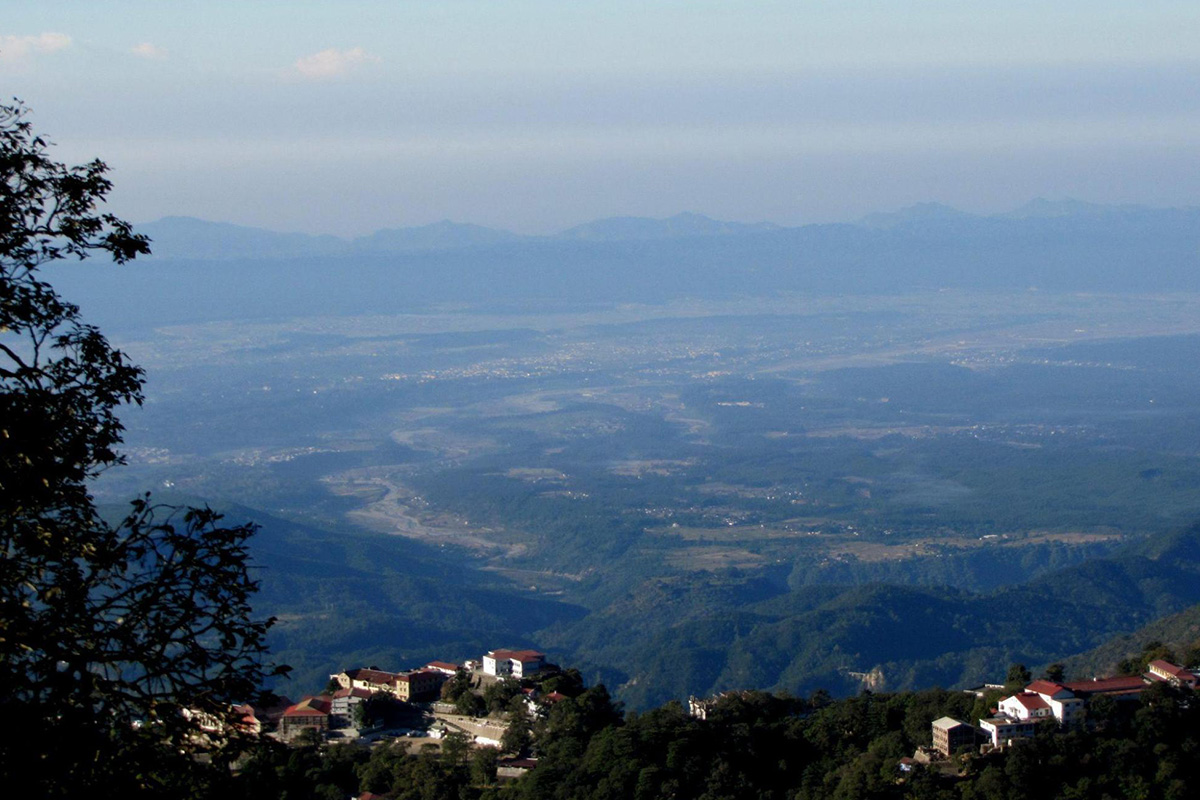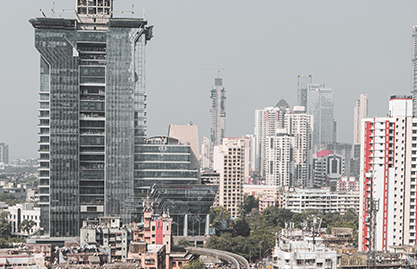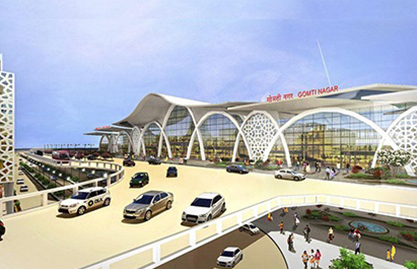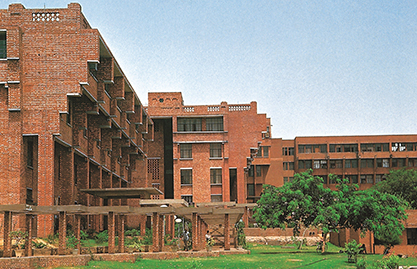Why the Smart Cities Mission Has Not Solved Dehradun’s Urbanisation Woes
Himalayan foothills in India are replete with scenic cities, towns and villages. Dehradun, the capital of the mountainous state of Uttarakhand, is one such city. However, the rise in population and the demand to accommodate the same has negatively impacted Dehradun’s ecology. Rapid unplanned urbanisation in and around the city has become the initiator of disappearing farmlands, which are being taken over by mushrooming buildings and road infrastructure.
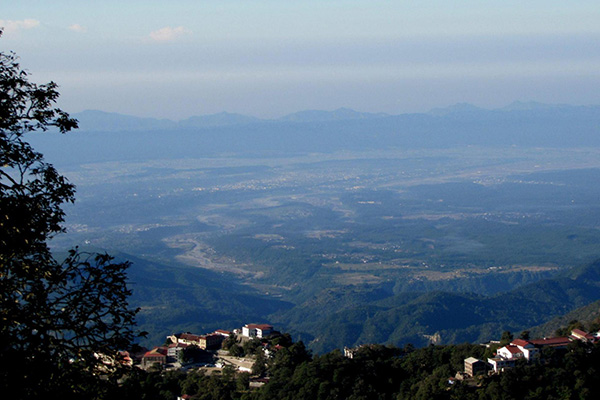
View of Dehradun Valley from Landour
While there was much hope pinned on the Smart Cities Mission launched in Dehradun in 2017 to alleviate the city’s urban issues, the programme, so far, has not been able to guide the city towards sustainable development.
Understanding the Impacts of Disproportionate Urbanisation in Dehradun
An increasing population demands more infrastructure, which can compromise the blue-green assets of a region while also putting the populace near such ecologically sensitive zones at risk. Such developments reduce the local green cover, leading to poorer air quality. Moreover, encroachment of water bodies adversely impacts the local flora and fauna.
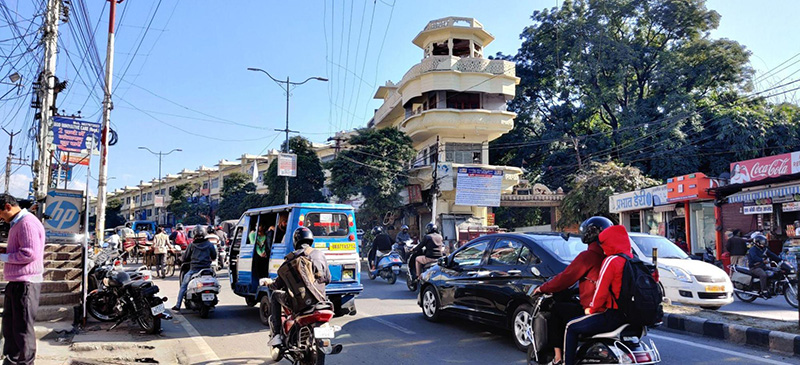
Chakrata Road, Dehradun
While a city’s growth and development entail changes in land use patterns and economic models, in Dehradun’s case, there has been a lack of holistic planning, leading to harsher effects on the city. Since Dehradun became a state capital two decades ago, its growth has been largely haphazard. One of the key downsides of this unplanned growth has been the dire effects on the agricultural sector and the city’s ecology.
Why the Smart Cities Mission Is Not the Answer
The central government announced the inclusion of Dehradun in the Smart City Mission or SCM in 2017. While it is a great initiative, it does not offer a complete solution to alleviate all the issues in a city. Instead, it focuses on isolated aspects of a city’s growth and is concerned with infrastructural issues like adequate underground electric supply lines and clean water and sewage solutions. The Mission should expand its scope and focus on holistic solutions to problems caused by rampant urban expansion, with future planning and policies that promote sustainable development.
In Dehradun’s case, the SCM has been playing catch-up to meet basic infrastructural requirements instead of pre-empting and guiding the city’s future development. Furthermore, the city’s existing Masterplan does not adequately address the impacts of rapid urbanisation on its topographical features and ecologically sensitive zones. Consequently, Dehradun is growing disproportionately because of which many recent developments in the city are prone to hazards such as floods and landslides.
Useful Resources: Architects in South Delhi | Residential Architects in Delhi
Envisioning Dehradun as an Ecologically Sensitive, Sustainable and Inclusive City
Urbanisation cannot happen without impacting the local people and the environment. However, it is crucial to ensure sustainable development that includes local communities and offers opportunities for them to flourish. To put it into effect, socio-cultural, economic, and environmental aspects must form the basis for city planning.
Any construction in mountainous cities like Dehradun should be sensitive to the local terrain and ecology. Building regulations should not only be imposed in areas prone to hazards but also guide the general development in ecologically sensitive regions. Buffer areas or eco-sensitive zones can be created near natural features such as lakes and rivers to safeguard the built environment from flooding and to minimise harm to the local ecology. With comprehensive disaster-management plans in place, local corporations should ensure that new developments are disaster-resilient and that older infrastructure is periodically assessed for potential risks. Further, before proposing changes to agricultural land use, Dehradun’s municipal corporation must evaluate potential negative impacts on the livelihood of its farmers and devise strategies to mitigate them.


